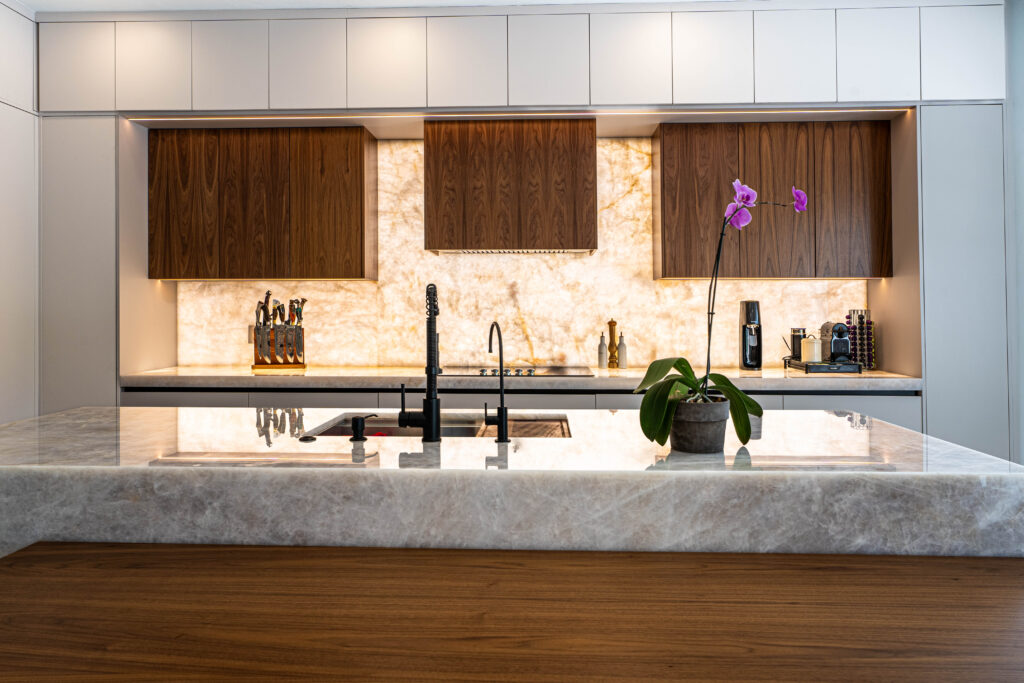Installing kitchen cabinets requires careful planning, accurate measurements, and the right tools. For anyone considering a kitchen upgrade, consulting a professional cabinet installer in Palm Beach can provide guidance and ensure a long-lasting result.
Begin by securing a ledger board for support. Gather essential tools such as a stud finder, level, drill, screws, and shims. Clear the installation area, inspect walls and floors for any damage, and mark the studs to provide secure attachment points.
Start with the upper cabinets, leveling them with shims and fastening them with screws. For base cabinets, confirm that the floor is level, join cabinets together, and secure them to the wall studs. Maintaining proper alignment throughout the process helps achieve a polished finish.
Tools and Materials Needed
Before starting, assemble all necessary tools and materials to avoid interruptions. You will need a stud finder, level, measuring tape, pencil, screws, drill or screwdriver, and shims. Having a step stool or ladder will help reach higher cabinets. Enlist a helper to lift and hold cabinets while they are secured.
Verify cabinet sizes and quantities, as well as any mounting hardware required for installation. Wear gloves and safety goggles to protect yourself. Preparing everything in advance ensures a smoother installation and better results.
Preparing the Space
Clear the kitchen of old cabinets, appliances, and any items that could obstruct installation. Examine walls and floors for uneven surfaces or damage and make repairs as needed. Ensure all surfaces are clean and dry to provide strong adhesion.
Take precise measurements and note any outlets, switches, or other features that might affect cabinet placement. A well-prepared space simplifies the installation process and reduces the chance of errors.
Marking and Measuring
Accurate measurements and careful markings are key to proper cabinet placement. Locate and mark wall studs for secure attachment. Determine the height for upper cabinets, taking countertop and appliance placement into account. Use a level to draw a horizontal guideline for reference.
Mark the cabinet dimensions and positions on the wall, and double-check all measurements to ensure accuracy. This preparation ensures that cabinets are properly aligned and fit seamlessly.
Installing Upper Cabinets
Attach a level ledger board along the guideline to support cabinets during installation. Begin with corner cabinets, adjusting with shims to achieve perfect levelness and plumb alignment. Pre-drill holes through the back panels into wall studs and secure the cabinets with screws.
After installing each cabinet, check for levelness and proper alignment. Continue with the remaining upper cabinets, maintaining even spacing and consistent positioning. This careful approach yields a stable and professional-looking installation.
Installing Base Cabinets
Ensure the floor is clean and level before installing base cabinets. Identify the highest point of the floor and use it as a reference for leveling. Insert shims under cabinets as necessary to achieve a level foundation. Connect cabinets together using screws through the side panels.
Locate wall studs with a stud finder and fasten the cabinets securely. Verify alignment and levelness continuously throughout the installation process to ensure optimal results. This method produces a durable and precise base cabinet setup.
Finishing Touches
Once cabinets are installed, focus on finishing details. Attach any exposed end panels or decorative trim using finishing nails or screws. Install cabinet doors, adjusting hinges so that doors hang evenly and move smoothly.
Add handles or knobs, ensuring they are level and consistently placed. Paying close attention to these final touches enhances both the appearance and functionality of the cabinets.
Related Topics:

